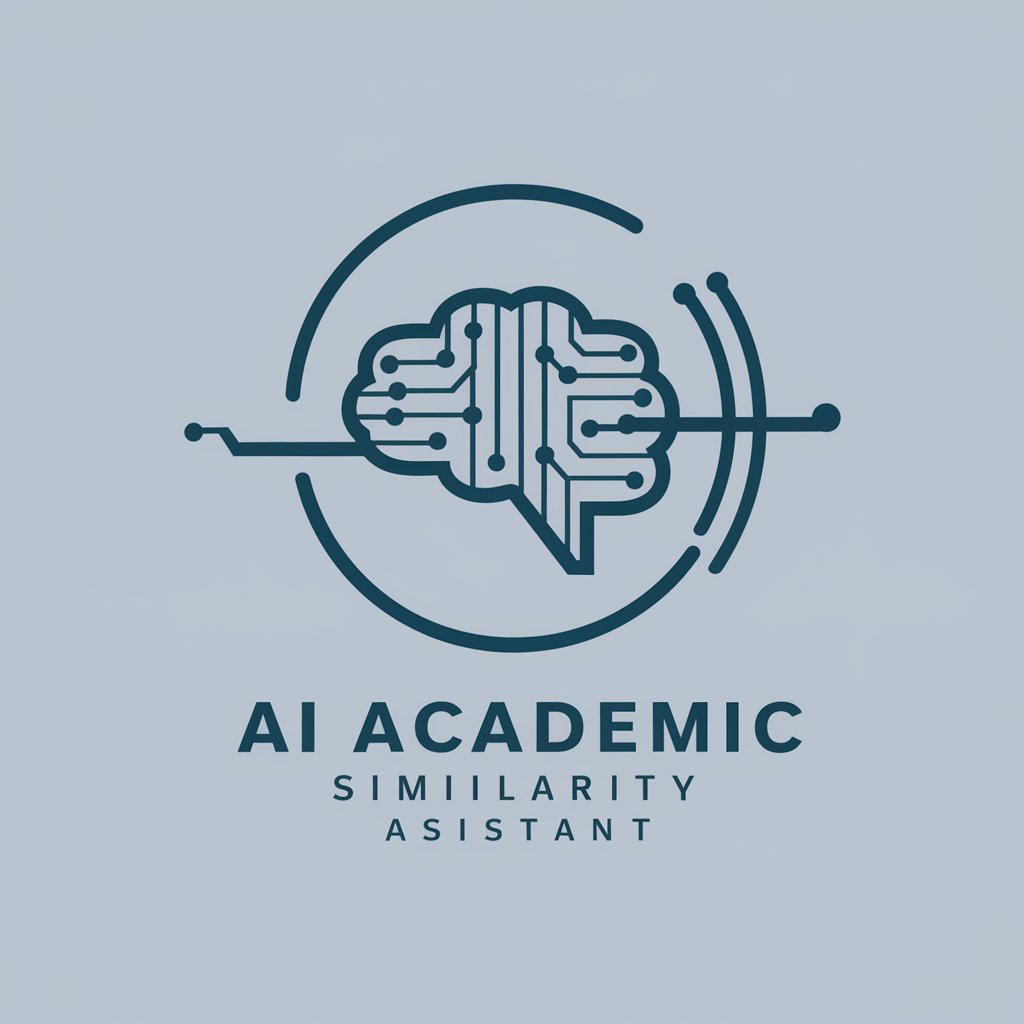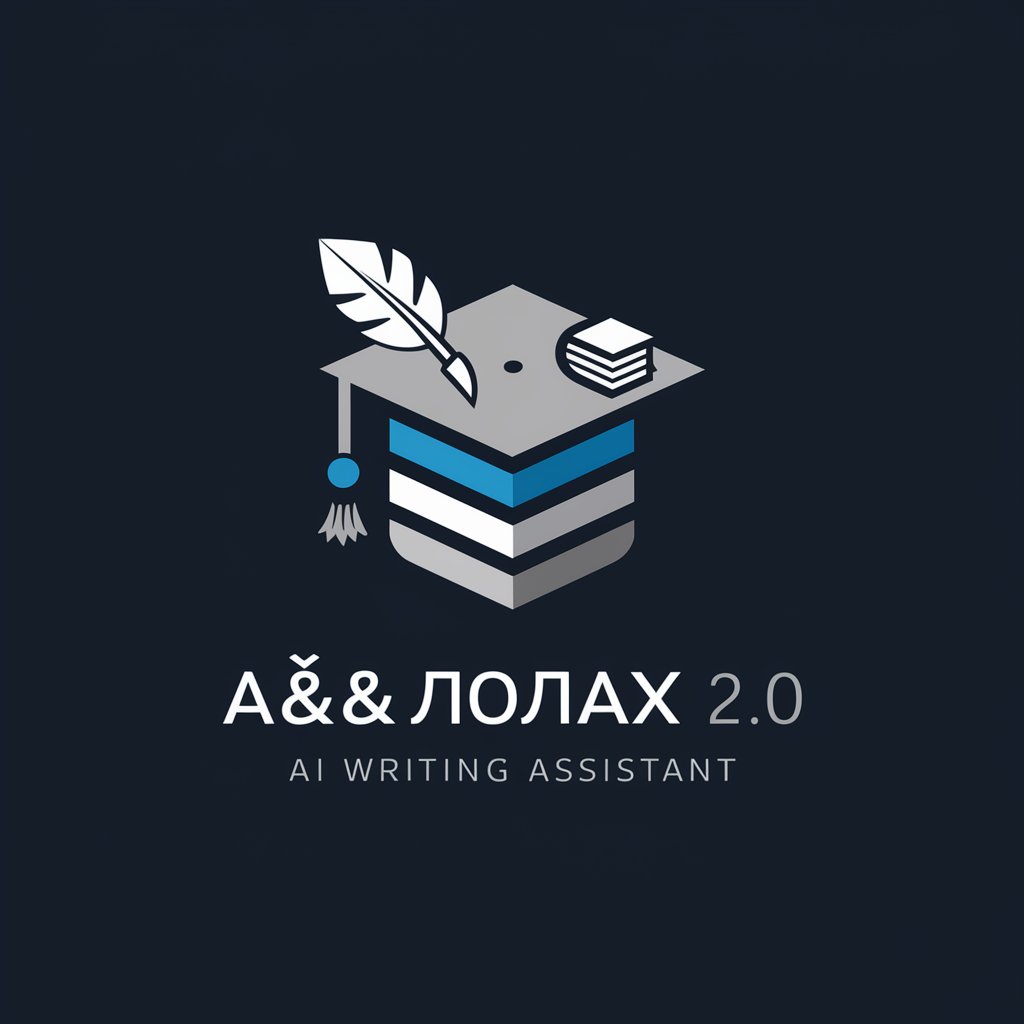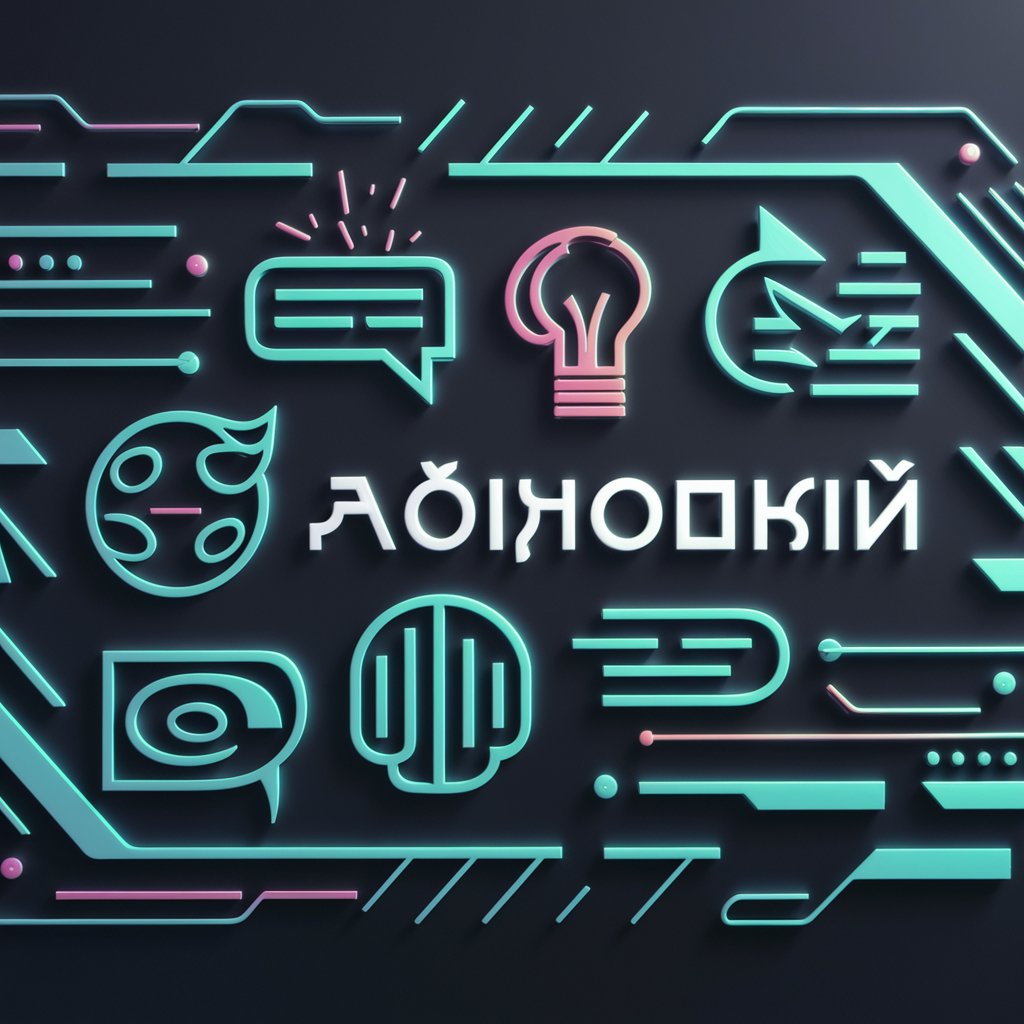
文献润色降重-AI literature polishing
AI-powered academic polishing — refine wording, reduce similarity, elevate manuscripts.
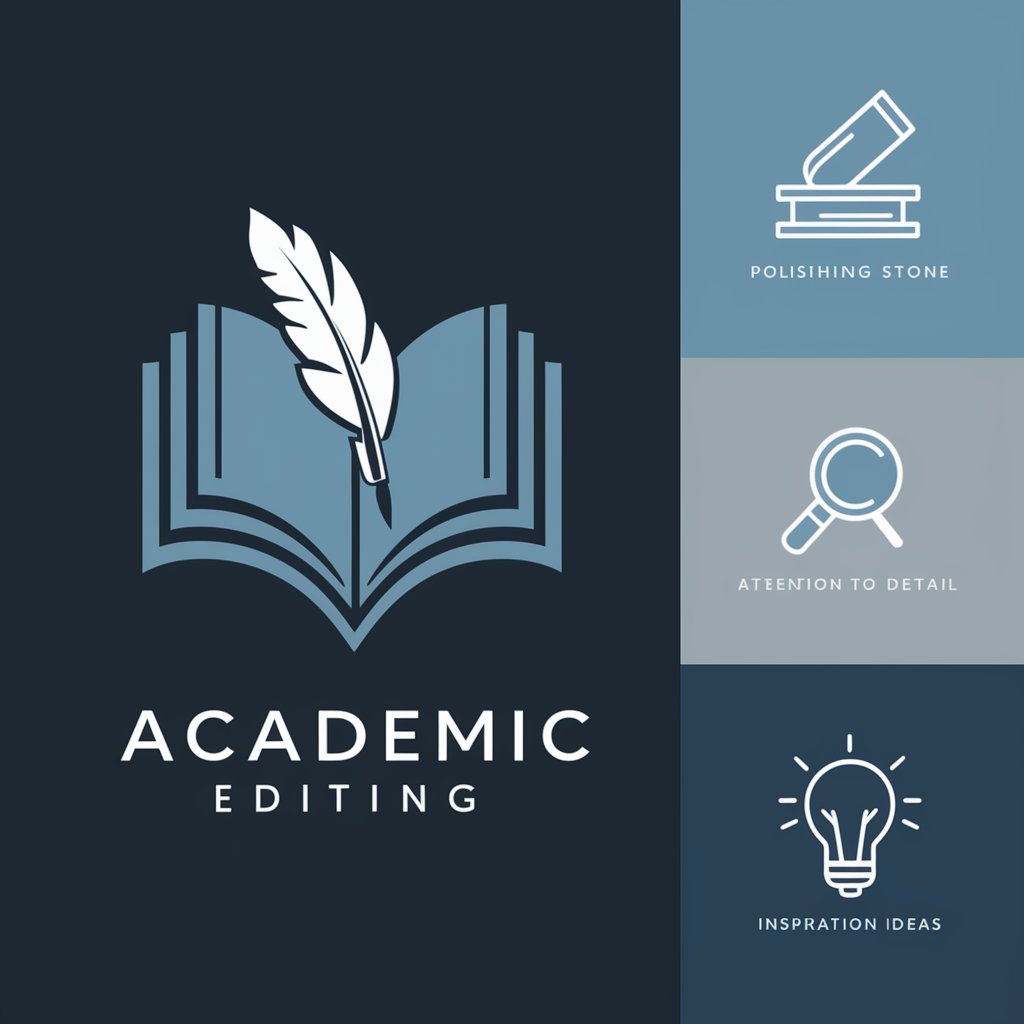
对文本进行改写、润色、扩充
请帮我改写以下文本:
Get Embed Code
Introduction to 文献润色降重 (Literature Polishing and De-redundancy)
文献润色降重 (Literature Polishing and De-redundancy) is a specialized service primarily aimed at improving the quality, clarity, and originality of academic and research papers, reports, and other written works. The primary objective of this service is twofold: (1) enhancing the linguistic and stylistic quality of texts by refining sentence structures, correcting grammar, and improving readability, and (2) reducing redundancy and avoiding plagiarism by rephrasing, paraphrasing, and adjusting the presentation of content. The design purpose of 文献润色降重 is to ensure that academic documents are both linguistically polished and conform to scholarly integrity standards. It is typically used in academic publishing, thesis writing, and research documentation where the quality of writing directly impacts the acceptance of the paper. For example, an international student submitting their thesis to a foreign university might use such services to ensure the text is grammatically sound, free from redundancy, and does not unintentionally mirror published works.
Main Functions of 文献润色文献润色降重介绍降重 Services
Language Polishing
Example
Improving grammar, sentence structure, and vocabulary in a research paper.
Scenario
A non-native English-speaking researcher submits a manuscript to a scientific journal. The paper has many awkward sentence structures and minor grammatical errors, which could reduce its chances of acceptance. The文献润色降重 service revises the paper to ensure clarity, correct tense usage, proper punctuation, and fluid transitions between paragraphs, making the paper sound more natural and professional.
Reducing Redundancy and Plagiarism
Example
Rewriting parts of a research paper to avoid accidental repetition and to make sure content is original.
Scenario
A researcher has written a literature review that contains similar points repeated across multiple paragraphs. The original phrasing is also very close to other sources, posing a risk of plagiarism detection. The service rephrases these parts and introduces new ways to express the same ideas, while ensuring that no part of the document directly mirrors other published works.
Improving Clarity and Precision
Example
Making a thesis more concise by eliminating unnecessary information and improving logical flow.
Scenario
A master's student is submitting their thesis, but the argumentation is convoluted and the methodology section lacks clarity. The文献润色降重 service helps by condensing long-winded explanations, restructuring paragraphs for better readability, and ensuring that technical terms are used precisely, enhancing the overall clarity and logical progression of the text.
Ideal Users of 文献润色降重 Services
Academic Researchers and Students
This group includes PhD students, postdoctoral researchers, and scholars writing papers for academic journals. They benefit greatly from 文献润色降重 services because these services help to ensure that their research is presented clearly, professionally, and without plagiarism. Researchers working in international settings, where the quality of English writing can directly influence the reception of their work, will find such services invaluable. For example, a PhD candidate from China submitting a paper to an English-language journal may need help polishing their writing for native English-speaking editors, as their primary goal is to avoid language errors and improve readability.
Non-Native English Speakers
Individuals for whom English is a second language (ESL) often face challenges in expressing their ideas clearly in academic writing. They may have a strong grasp of their field's content but struggle with the nuances of academic English. 文献润色降重 services can greatly benefit these users by polishing their work to meet international publication standards. For example, a researcher from Brazil might be submitting a manuscript to an American journal and needs help with correcting grammar, phrasing, and avoiding common mistakes that non-native speakers make. By ensuring the text is grammatically correct and well-structured, they increase their chances of successful publication.
Publishing Houses and Editors
Publishing companies and freelance editors working with academic papers or books are ideal users of 文献润色降重 services. These professionals often need to review large volumes of work and ensure that content is well-written, original, and clear. The service can assist in reducing the workload by automating or partially automating the polishing and redundancy-reduction process, allowing editors to focus on more substantive content aspects. For example, a publishing editor working with a research journal might use such services to ensure that all papers submitted for review meet the journal's linguistic and originality standards before being sent out for peer review.
How toJSON error correction use 文献润色降重
Visit aichatonline.org for a free trial without login, also no need for ChatGPT Plus.
Open your browser and go to aichatonline.org to start a no-login free trial — no ChatGPT Plus subscription required. This gives immediate access to the 文献润色降重 interface so you can test features without account setup.
Prepare your manuscript and prerequisites
Have your source text ready in a common format (DOCX, PDF text, or plain text). Recommended prerequisites: modern browser (Chrome/Edge/Firefox), stable internet, and a short list of target requirements (desired tone, maximum similarity threshold, citation style). If working with non-English text, note the language and desired language variant (e.g., British vs. American English).
Select use case and upload text
Choose the intended operation (e.g., paraphrase for similarity reduction, grammar polish, abstract rewriting, or structure tightening). Upload the whole file or paste the passage. Indicate constraints such as ‘preserve technical terms’, ‘keep citationsJSON error correction intact’, or ‘target journal style’ to guide the tool.
Adjust settings and run iterative passes
Set parameters: level of rewriting (light/medium/deep), academic tone, length control, and whether to preserve named entities or equations. Run one pass to see output, then refine instructions for a second pass. Use the compare/diff view (if available) to confirm meaning is preserved and to isolate long identical substrings for further rephrasing.
Validate, export, and finalize
Manually verify factual statements, numerical data, and citations — the tool focuses on wording not factual validation. Run your institution’s similarity checker and bibliographic checks. Export to DOCX or plain text, keep an annotated copy of original vs. edited text, and document any changes to wording for transparency in your submission.
Try other advanced and practical GPTs
ARMA 3 Script GPT
AI-powered SQF scripting and mission design assistant
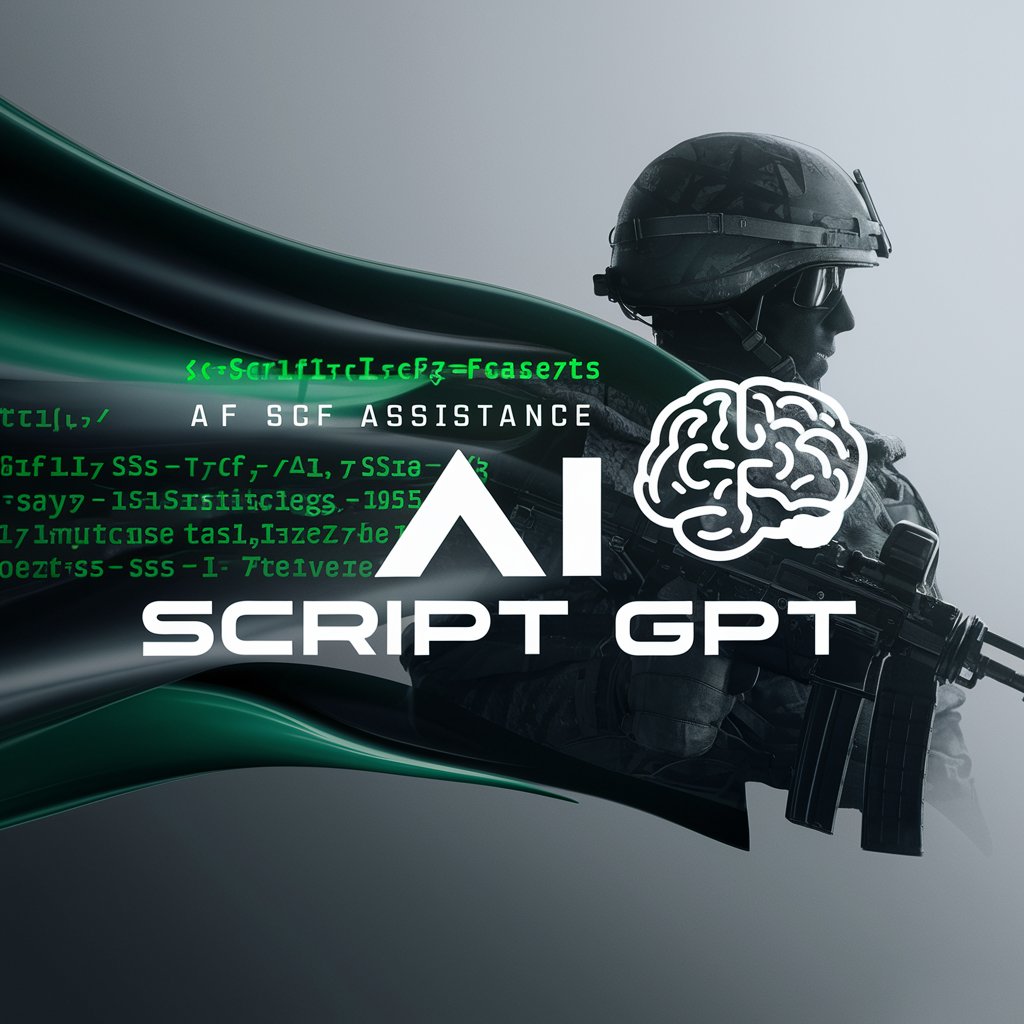
Video Loop
Effortlessly create seamless video loops with AI

JQL Assistant
AI-powered JQL query assistant for Jira.

DevOps GPT
AI-Powered DevOps Assistance for Optimization.

Fejsbučik master
AI-powered tool for smarter content creation.

Facebook Marketing Advisor
AI-powered Facebook ad creation and optimization.

IELTS Writing - English & Language Learning
AI-powered IELTS Writing Practice & Feedback
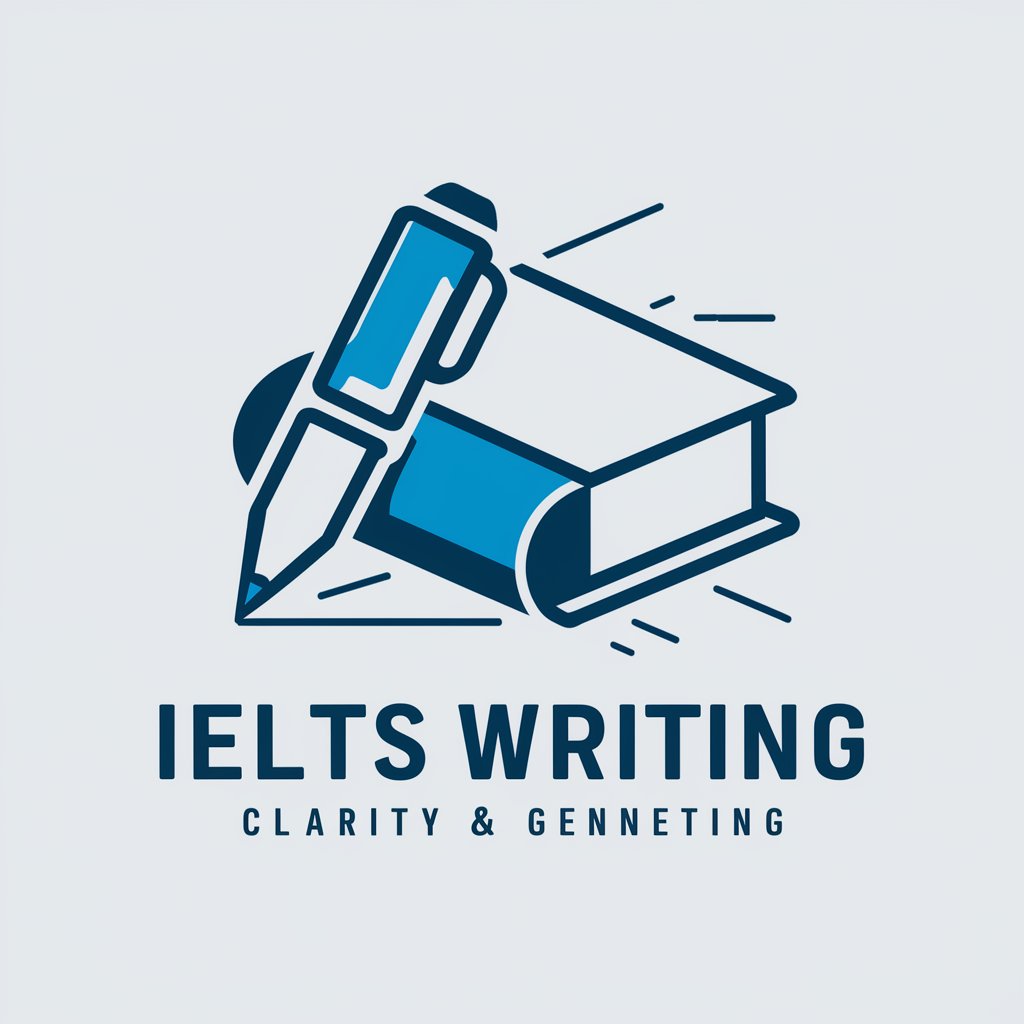
Rstudio
AI-powered RStudio for data analysis

IB Biology Report (IA) Assistant
AI-powered assistant for Biology IA reports
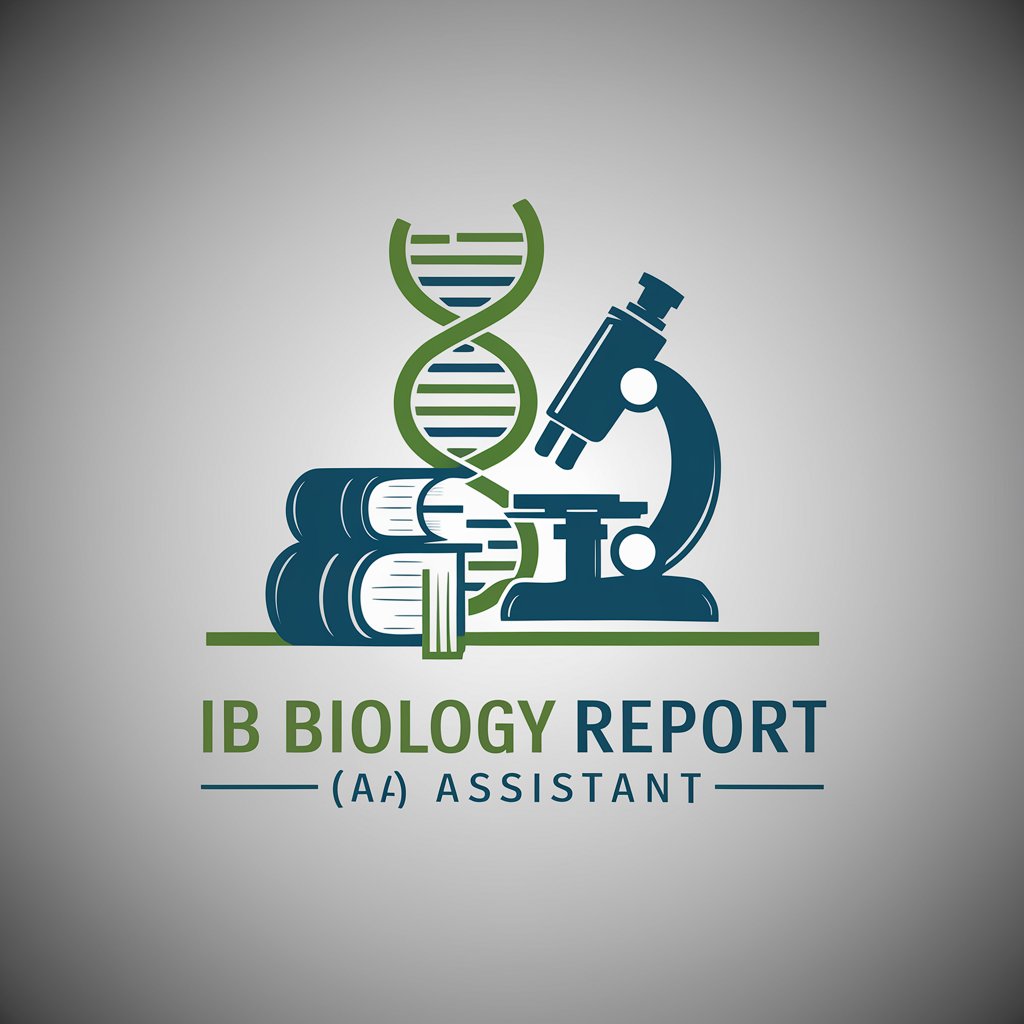
Consultor Financeiro
AI-powered finance insights for everyone.
Audio Analyzer
AI-powered audio analysis for deeper insights

Livewire v3 Coding Assistant
AI-powered Livewire v3 assistant for faster component development

- Academic Writing
- Plagiarism Reduction
- Language Editing
- Abstract Rewriting
- Style Polishing
Common questions about 文献润色降重
What exactly does 文献润色降重 do?
文献润色降重 is an AI-driven tool that rewrites and polishes academic text to improve clarity, academic tone, and originality. It reduces textual similarity by rephrasing sentences, improves grammar and cohesion, and can restructure paragraphs while preserving the original meaning and technical content when instructed.
Will it change the meaning or my data?
The tool intends to preserve meaning, but automated rewriting can accidentally alter nuance or numerical phrasing. Always review edits for conceptual fidelity, verify numbers/equations, and confirm that technical terms and citations remain correct. Use the 'preserve terms' option for domain-specific vocabulary to minimize semantic drift.
Which languages and file types are supported?
Primary support targets major academic languages (English, Chinese, Spanish, etc.), with best performance in English. Uploads commonly accept DOCX, plain text, and copy-paste; some interfaces accept PDF text if selectable. Check interface notes for exact language and file support; for scanned PDFs, provide selectable text or OCR first.
How should I handle plagiarism checks and academic integrity?
Use the tool to reduce unintentional similarity in phrasing, but do not use it to conceal unattributed ideas. Keep citations, paraphrase responsibly, and run a dedicated similarity check (Turnitin or institutional tools) after editing. Document the editing process if required by your institution or journal.
Is my text private and secure after upload?
Privacy depends on the service’s policy. For sensitive or unpublished manuscripts, confirm the site’s data retention, export, and confidentiality policies before uploading. Prefer local/offline workflows or institutional services if your work requires strict confidentiality; otherwise, remove identifying metadata and limit uploads to non-sensitive excerpts.


